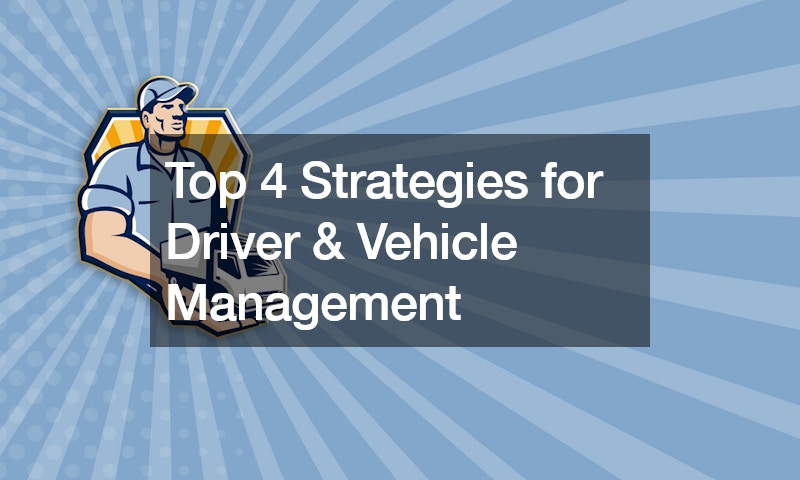When it comes to fleet management, ensuring optimal efficiency goes beyond merely keeping tabs on vehicles. Prioritizing the safety and productivity of drivers is equally critical. In this blog post, we’ll delve into four effective strategies to achieve this balance and maximize fleet efficiency.
1. Leverage GPS and Telematics Data: Integrating GPS and telematics data into fleet management software offers real-time insights into driver behavior, location, and safety habits. By harnessing GPS fleet management technology, fleet managers can monitor their drivers’ performance, ensuring adherence to safety protocols and efficient route planning.
2. Track Fuel Usage: Fuel constitutes one of the largest expenses for fleets. By tracking fuel purchases in real-time and integrating fuel cards into management software, managers can prevent fuel theft and optimize fuel utilization, thereby minimizing costs and improving overall efficiency.
3. Streamline Inspection Process: Transitioning from paper-based to electronic Driver Vehicle Inspection Reports (DVIRs) reduces administrative burdens, saving time and facilitating thorough inspections. Accessible within fleet management software, DVIRs ensure that vehicles remain in optimal condition, minimizing downtime and maintenance costs.
4. Set Safety Standards: Proactive safety measures are crucial for preventing accidents and mitigating financial risks. By establishing and enforcing safety standards, monitoring driver behavior, and incentivizing safe driving practices, fleet managers can cultivate a culture of safety and accountability within their teams.
The Bottom Line
By implementing these four strategies—leveraging technology, tracking fuel usage, streamlining inspections, and setting safety standards—fleet managers can optimize both driver and vehicle management, ultimately enhancing operational efficiency and reducing costs.
.

